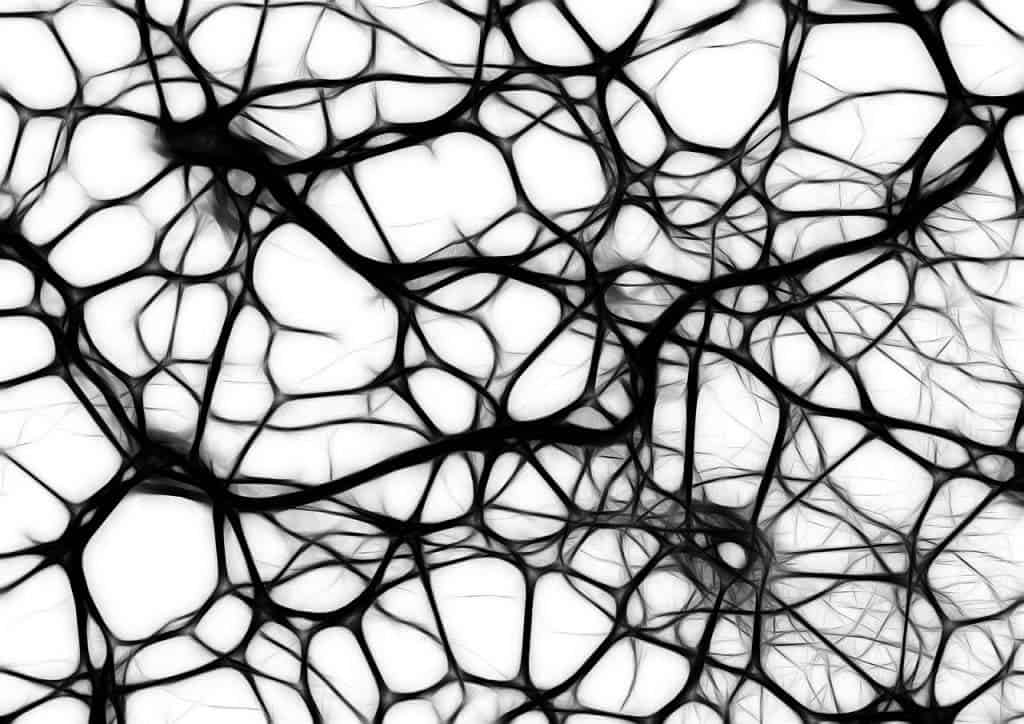Everything from breathing to playing the mandolin is instructed by the brain, but generally sets of tasks are processed in different areas of the brain. Somehow, this decentralized configuration has proven more efficient. At the same time, the brain is very flexible. We know this from medical cases where areas of a person’s brain were injured or, in some extreme cases, completely severed off but their function were picked up by other areas. Now, researchers show healthy people can supercharge their brains by learning a complex and trans-sensory task.

Previously, researchers found people who went blind after a brain injury still use their visual cortex after learning to read Braille — a system of raised dots that can be read with the fingers. Some have speculated that the Visual Word Form Area, an area of the visual cortex, was activated and connected with the tactile cortex.
A team from the Jagiellonian University in Poland put this to the test. They recruited 29 volunteers with normal, working sight and taught them to read Braille while blindfolded. At the end of the nine months-long course, the participants achieved readings speeds ranging from 0 to 17 words per minute.
Functional Magnetic Resonance Imaging (fMRI) scans were made of the participants’ brain before and after the course. This showed that the training connected the visual cortex and the tactile cortex. To test if this is indeed the case, the researchers made a spooky intervention known as transcranial magnetic stimulation. A magnetic field specially tuned with a coil suppressed the Visual Word Form Area of the brains of nine volunteers. As expected, they couldn’t read in Braille anymore while the magnetic field was turned on. This also means that the participants weren’t just using their imagination to read Braille — they literally could visualize the characters.
“The textbooks tell us that the visual cortex processes visual tasks while the tactile cortex, called the somatosensory cortex, processes tasks related to touch,” says lead author Marcin Szwed from Jagiellonian University.
“Our findings tear up that view, showing we can establish new connections if we undertake a complex enough task and are given long enough to learn it.”
The findings call for a rearrangement of how science views the functional organization of the brain. It tells us that the brain is far more complex than previously thought, and with the right effort we can makeup for handicaps. “The extra flexibility that we have uncovered might be one those features that made us human, and allowed us to create a sophisticated culture, with pianos and Braille alphabet,” Szwed says.
Findings appeared in the journal eLife.






